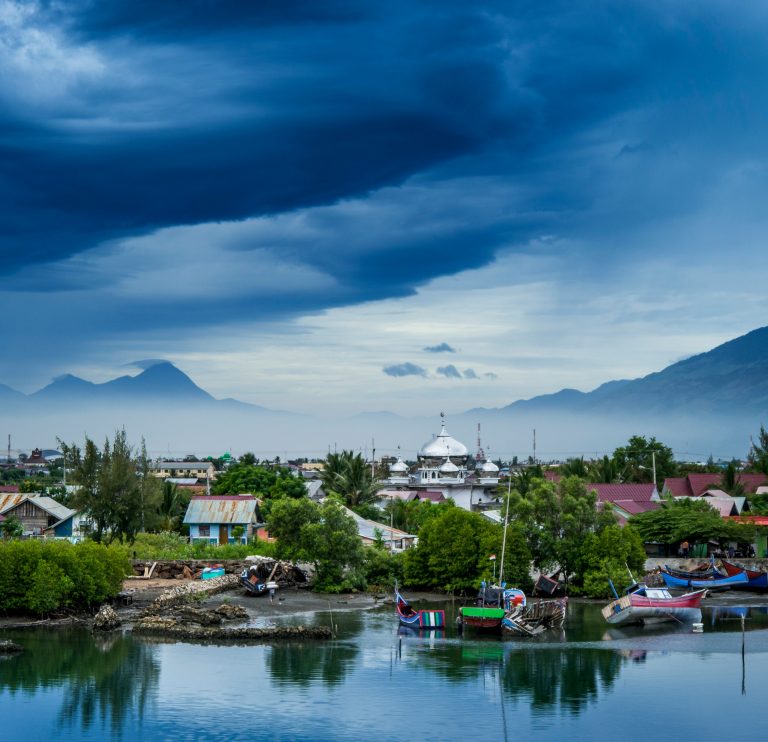
 |
| https://www.japantimes.co.jp/ |
Perhaps it is wishful thinking that war in Southeast Asia will never happen. After all, the region has been plagued by armed conflict for centuries. From the Srivijaya and Majapahit kingdoms of medieval times to the Malayan Emergency and Vietnam War of the 20th century, fighting has been a constant threat. And with China and India now jostling for influence in the area, things could get even more dangerous. But while all signs point toward an escalation of tensions rather than a de-escalation, there’s still hope that things will not go as badly as they stand. This piece looks at five things you should remember if war breaks out in Southeast Asia.
Is a war in Southeast Asia?
What groups might be involved in a Southeast Asia war?
China, India, and the US are the three big groups of potential warfighters in Southeast Asia. The first two are obvious candidates, but you might not have considered the US involvement. But if China and India were to go to war, the situation would almost certainly draw the US in. The US is responsible for protecting (R2P) people in the region from genocide, war crimes, and ethnic cleansing. It is bound to join any conflict in Southeast Asia where there is a risk of these grave human rights violations. Moreover, if there is a war in Southeast Asia and one side is winning, the US must step in to minimize the risk of regional hegemony.
Why would there be a war in Southeast Asia?
There are several reasons war in Southeast Asia might break out, and they’re all related. First, there is the issue of territory. There are several disputed territories from the South China Sea to the Spratly Islands and the Paracel Islands, and the competing claims to these areas could spark a war at any time. Similarly, there are territorial disputes over several islands in the Indian Ocean, most notably the Andaman and Nicobar Islands. And then there is the border dispute between India and China, which only recently saw the two countries agree to disagree after months of talks. And as if all of this wasn’t enough, there is also the question of hegemony and regional leadership. China and India want to be the regional leaders and lead the region economically and otherwise. Southeast Asian nations are wary of being dominated financially and politically by either of these two powers, which is a source of tension.
How will a SEA war start?
Nobody knows how a war in Southeast Asia would start, though most experts agree that it would begin with an attack by China on Singapore. There are various reasons why China might want to strike out against Singapore. Still, the most likely one is that Singapore is hosting American Naval ships, and China would like to eliminate this threat to its maritime superiority. And an attack on Singapore would have many benefits for China:
- It would cause a severe blow to Singapore’s pride and prestige.
- It would reduce US naval presence in the region.
- It would send a strong message to the rest of Southeast Asia that China is the regional leader.
Which countries will be most affected by war in SEA?
As we said above, everyone in Southeast Asia would be affected by a war in the region. But some countries would be affected more than others, most likely the ones targeted by the warring sides. Right now, it looks like the US would attack targets in India, and China would attack targets in Singapore and perhaps the Philippines. And as we’ve said, the US would have to defend the Philippines if it got attacked. So it looks like there could be a three-way war involving the US, China, and India, with Southeast Asian countries getting caught in the crossfire.
How does Singapore respond?
Singapore will always be on the frontlines in any war in
Southeast Asia. It is sandwiched between Malaysia and Indonesia and sits right in the middle of the South China Sea. As such, it’s likely that any conflict in the area – such as a potential battle over the Spratly Islands – will directly impact Singapore. And it’s expected that the Singaporean government
will respond the way it always has when faced with external threats: with a generous helping of silence. Singapore’s policy since its independence in 1965 has been to keep a low profile; not to get involved in other countries’ problems, and to not make enemies is partly because Singapore is a tiny country; it doesn’t have the population or the resources to fight a prolonged war. But it’s also because Singapore has always seen itself as existing in a state of tension. It has always been on edge between East and West, between an authoritarian (but economically stable) China and a liberal and free-wheeling Malaysia and Indonesia.
What Malaysian will Do?
Malaysia will be the first to call for war in Southeast Asia.
It’s likely that the government has all but decided to intervene in the Spratly Islands dispute and bring the fight to the Chinese navy. The question is, will other Southeast Asian countries follow? They may.
After all, Southeast Asian countries have been trying to find an excuse to challenge Chinese hegemony in the South China Sea for years. Unfortunately, they’ve been hindered by the fact that the only country with a military that might stand up to China – the United States – has been unwilling to get involved.
But if China and the US get into a fight in the South China Sea, the US will almost certainly call on its allies in the region to join it. Malaysia is the obvious choice for two reasons: firstly, it is the most powerful Southeast Asian nation after Indonesia, and secondly, it’s the only country in Southeast Asia with a long-standing military alliance with the United States.
The South China Sea
The South China Sea is a flashpoint in Southeast Asia. It’s the
primary source of tension between the US and China, and it’s likely to be where a war in the region would begin. The South China Sea is a critical strategic waterway, and most of it is currently claimed by China. But it also hosts other disputes, like the one over the Spratly Islands, which both China and the Philippines claim. If China and the US get into a fight over the South China Sea, it’s likely that the Philippines will join the US and that other Southeast Asian countries will jump on the bandwagon as well.
The result will be war and significant disruption to global trade. Unfortunately, the South China Sea is an essential source of business for all Southeast Asian countries, and as such, war will be destructive for everyone involved.
The Presence of the US Army
While China’s navy is powerful, it’s not as powerful as the US Navy. This, plus the fact that the US has a large fleet stationed in the The Pacific Ocean means that China’s navy is at a significant disadvantage in a war with the US over the South China Sea which is not just a theoretical point,
as was proven during the Vietnam War when China was an ally of the United States. Unfortunately, China is no longer an ally, and the US is unlikely to call on Chinese assistance in a war in Southeast Asia. After all, the US is not
in a position to pick its allies wisely. It finds itself in the middle of a trade war with China and on the brink of a military conflict. As such, the US is unlikely to accept Chinese help, no matter how powerful China’s navy may be.
The Role of Indonesia
Indonesia is the powerhouse of Southeast Asia. Many Southeast Asian countries are democratic, but Indonesia is a full-on autocracy. It’s also volatile and has often been on the brink of war with its neighbors. Fortunately, it has not become embroiled in regional conflicts, but the recent rise in Chinese-Indian tension could prove dangerous for the country. Indonesia is the most prominent member of ASEAN, and it’s likely to play a significant role in any Southeast Asian conflict.
While it is currently unlikely that Indonesia will jump into South China Sea dispute is likely to have a say in a potential war between China and India. After all, Indonesia shares a border with both countries, and its navy is powerful enough that it could easily get dragged into the fight.
The China Interest
China is a rising superpower with much at stake in Southeast Asia. There’s no question that China is the most powerful country in Southeast Asia, and that it’s likely to be the one that emerges the victor from any war in the region which is because China is the only country in Southeast Asia has a fully functional military and is the only country in Southeast Asia can afford to fight a prolonged war. China could even afford to fight two battles simultaneously against the US in the South China Sea and India over a border dispute in the Himalayas. After all, the South China Sea is an essential part of China’s economy, and the Indian Ocean is a crucial shipping route for Chinese goods. China will do everything it can to win a war in Southeast Asia. Unfortunately, there are tiny Southeast Asian countries that can do to stop it.
Who will join India
India and China are currently engaged in a tense border dispute, with both countries sending troops to their border and Indian politicians calling for war. If this conflict is taken to Southeast Asia, you can expect some Southeast Asian countries to jump on the bandwagon and side with India, which is because, like with China, most Southeast Asian countries invest a significant amount of money in India. They also have large populations of Indian heritage and Indian cultural influence. In fact, in many Southeast In Asian countries, the majority of the population is Indian. Countries like Indonesia, the Philippines, and Malaysia will likely jump
in on the Indian side. Unfortunately, there is not much any Southeast Asian nation can do to stop this from happening, and it will likely result in a significant trade disruption in the Indian Ocean.
Conclusion
War in Southeast Asia is a genuine risk. The South China Sea
dispute will likely come to a head shortly, and China and India are also on the brink of armed conflict. Unfortunately, Southeast Asia is not a powerful region, and while they may be united in their hatred towards their neighbors, they lack the strength to prevail against these great powers. What the future holds, only time will tell, but Southeast Asia is likely in for a very rough ride.







